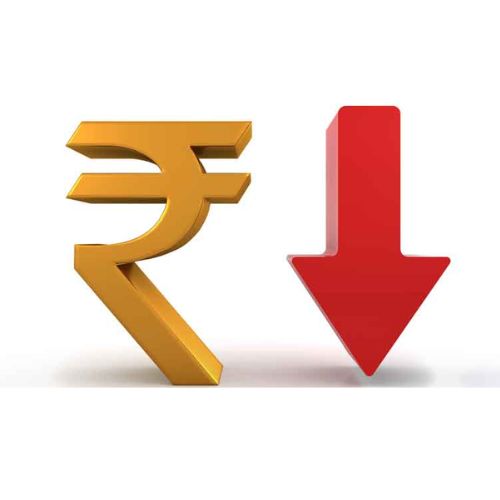According to bullion market experts, the RBI increases its gold holdings by 10 tonnes in the March quarter, ranking among the top five gold purchasers during that time as central banks look to diversify their reserves in the face of economic uncertainty.
With the recent purchases, the RBI’s overall gold reserve has increased to slightly under 800 tonnes, a new high for the institution. Prior to that, between April and December 2022, the Reserve Bank of India (RBI) purchased around 27 tonnes.
A bullion specialist who spoke on the condition of anonymity said, “RBI has bought close to 40 tonnes of gold in FY23 with an uptrend in the gold price and weakness in other assets, including the dollar.”
The World Gold Council (WGC), an organization for miners, has yet to release the official data on India’s gold reserves for the March quarter.
The RBI spokeswoman did not respond to a question regarding the organization’s initiative to purchase gold.
The World Gold Council (WGC) and Mint’s analysis shows that for the previous five fiscal years up till February 2023, RBI has steadily expanded its gold holdings. The bank bought around 230 tonnes of gold in total during this time to increase its reserves in the face of escalating geopolitical unrest and economic unpredictability that threaten to devalue the dollar as the world’s reserve currency.
Experts and economists anticipate that the tendency will persist.
“Purchases from emerging markets central banks remain high, which should act as a floor for the gold price,” stated a study from Swiss private lender Bank J. Safra Sarasin Ltd. on April 24.
According to data from the Swiss bank, RBI was among the top five gold consumers worldwide in the March quarter, along with Singapore, Russia, China, and Turkey.
The price of gold increased by 9% between January and March 2023. “A surge in March to record the highest monthly inflows since 2019 reversed two weak months for global gold ETFs and futures investment,” claims a WGC April report.
In 2009, RBI purchased 200 tonnes of yellow metal from the IMF, although it didn’t add much to its reserves.
However, according to WGC, which compiles data from the IMF, the RBI has steadily increased its gold reserve since FY18, rising from 560.3 tonnes to 790.2 tonnes as of February 2023’s end.
According to the most recent WGC data on international exchange-traded fund (ETF) flows, gold is finally on the upswing.
The research by J. Safra Sarasin stated that “for the first time in a year, gold ETFs saw net inflows across all continents in March.”
According to data through February, “They (RBI) have been buying gold for five years straight,” said Somasundaram P.R., managing director, India, WGC. He added that given the safe haven reputation of the metal, he anticipates RBI to continue buying in March.
The amount of gold held by the RBI as a percentage of all foreign exchange holdings climbed from 5.58% at the end of FY18’s fourth quarter to about 8% at the end of FY23’s March quarter.
Accordingly, out of the $568 billion in total holdings of the RBI, gold accounts for about $46.2 billion. Currency holdings by central banks worldwide include the dollar (58%), euro (20%), pound (5%), other currencies (3–4%), gold, and special drawing rights (SDRs), which are IMF currency quotas.














